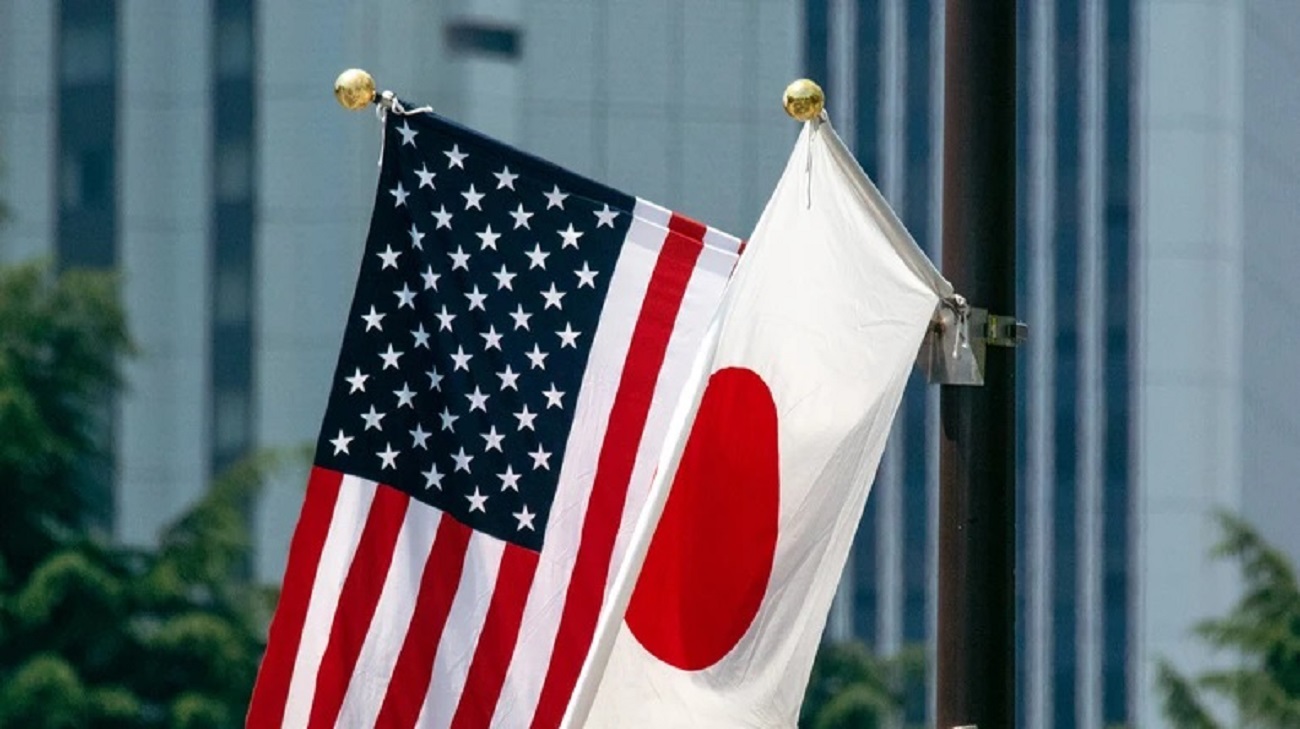Donald Trump Lowers Tariffs on Japanese Vehicles to 15%, Strengthening US-Japan Trade Relations

On Thursday, U.S.
President Donald Trump officially signed a directive to reduce tariffs on Japanese automobile imports and other goods to 15%, finalizing a new trade agreement with Tokyo.
This decision emerged after prolonged negotiations and aims not only to bolster trade cooperation but also to diminish the U.S.
trade deficit with Japan.
According to the White House, tariffs will be applied retroactively from August 7, marking the beginning of their enforcement for most imported goods from Japan, with exceptions for the aerospace, automotive sectors, pharmaceuticals, and chemical ingredients.
An important aspect of the agreement is the Japanese commitment to establish a $550 billion investment fund in the U.S., which was one of the key conditions accepted during the negotiations.
Japan’s chief trade negotiator, Ryozei Akazawa, who was in Washington this week, discussed the details of the deal with Trump during their meeting on Thursday.
Trump emphasized that this tariff policy would help balance the trade relationship, reduce deficits, and promote growth in American manufacturing and exports.
Additionally, the U.S.
will lift certain tariffs on aircraft, pharmaceuticals, and their components.
Experts believe that this agreement could serve as a template for other trade deals and help restore confidence between the U.S.
and Asian nations, contributing to global economic stability.
Economists predict that reducing tariffs to 15% is not detrimental to global trade and could facilitate greater openness and cooperation in the future.

